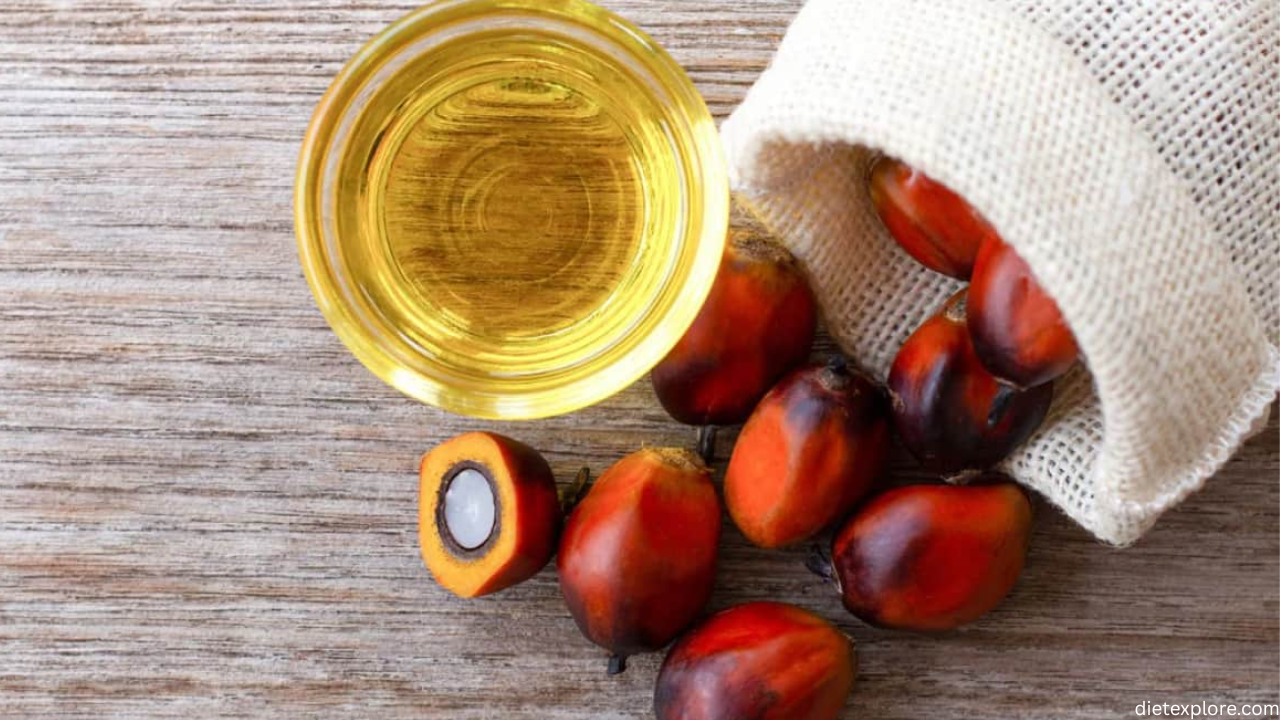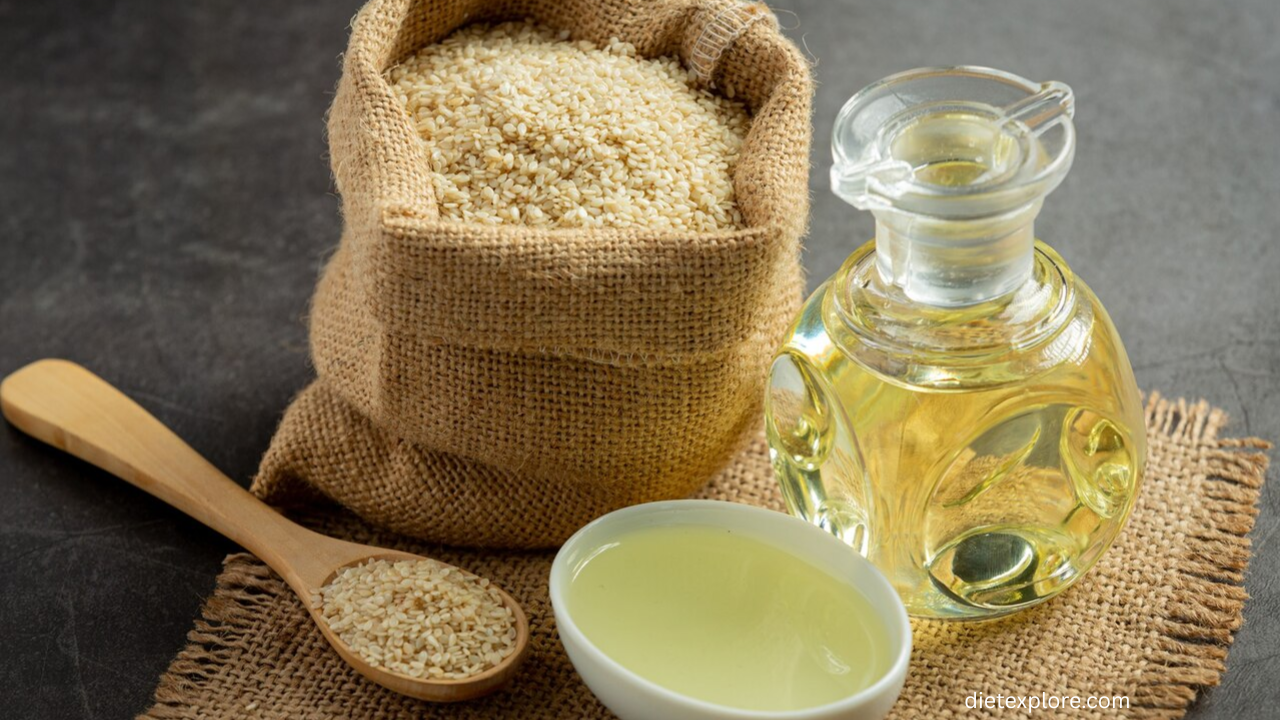Introduction to Chocolate Powder
Chocolate Powder: The mere mention of chocolate powder conjures images of cozy winter mornings, decadent desserts, and the simple joy of a childhood treat. But this versatile ingredient is far more than just a packet of instant nostalgia. Chocolate powder is a finely ground product made from processed cocoa beans, existing in two primary forms: natural cocoa powder and Dutch-processed (alkalized) cocoa powder. The journey from bean to powder involves fermenting, drying, roasting, and then pressing the cocoa nibs to extract cocoa butter. The remaining solid cake is then pulverized into the fine powder we know and love.
Its applications are vast and varied. While instantly associated with a steaming mug of hot chocolate, its role in the culinary world is foundational. It is the key ingredient that provides the deep, rich chocolate flavor in baked goods like brownies, cakes, and cookies. It forms the base for chocolate syrups, frostings, and decadent sauces for ice cream. Beyond sweets, it’s even used as a rub for meats or to add a complex depth to savory chili and mole sauces. The global cocoa powder market, valued at USD 2.8 billion in 2022, is a testament to its immense popularity, with projections expecting it to grow to USD 3.7 billion by 2029 (Fortune Business Insights, 2023).
White Chocolate Powder
When one thinks of chocolate powder, the dark, rich variety usually comes to mind. However, white chocolate powder offers a uniquely creamy and versatile alternative. It’s crucial to understand that true white chocolate powder is derived from cocoa butter, milk solids, and sugar, but contains no cocoa solids. This is why it has its characteristic pale ivory color and a sweet, buttery, vanilla-like flavor profile, rather than a classic chocolate taste. The process involves spray-drying a mixture of white chocolate ingredients to create a stable, free-flowing powder.
This powder is a game-changer for bakers and beverage creators. It dissolves easily into liquids, making it perfect for creating smooth white hot chocolate, flavoring milk shakes, and adding a rich creaminess to lattes and smoothies without the fat of solid chocolate. In baking, it can be incorporated into frostings, glazes, and whipped cream for a potent white chocolate flavor. It’s also famously used as a dusting on desserts like cheesecakes or mochas. A key advantage of white chocolate powder over bars is its convenience and ability to blend seamlessly into dry mixes and cold liquids without seizing, offering consistent flavor and a professional result in both home kitchens and commercial food production.
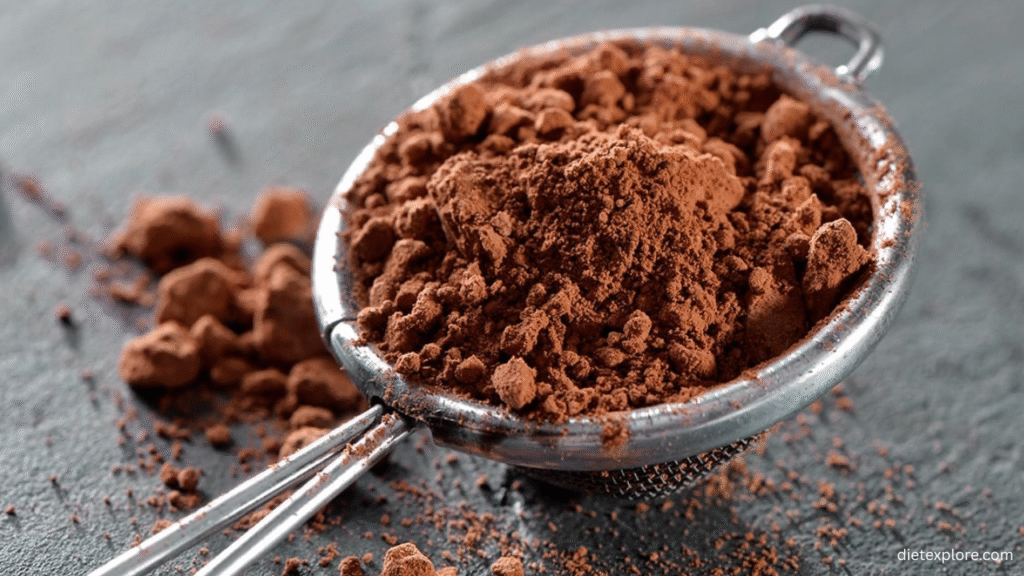
Also Read: /passion-fruit/
Hot Chocolate Powder
Hot chocolate powder is a beloved and versatile classic baking ingredient. This powder primarily comes as instant cocoa mixes or drinking chocolate. Their composition shows the key difference between these two types. Instant mixes already contain dairy and sweeteners for quick preparation. Drinking chocolate usually features just sweetened cocoa powder alone. This type requires you to add milk yourself. Many commercial brands use additives for quick dissolution. These additives also create a smooth texture. You should always check the product’s label carefully. Determine the actual cocoa percentage from this information. A higher cocoa content provides a richer flavor. It also creates a much deeper chocolate taste. You can use this powder creatively in baking. It also makes an excellent dessert topping.
Ghirardelli White Chocolate Powder
Ghirardelli Chocolate Company holds an esteemed position in premium chocolate powders. The company has built its quality reputation since 1852. Their white chocolate powder stands out for enthusiasts and professionals. People seek this reliable, high-end ingredient for many uses. Ghirardelli’s White Chocolate Flavored Powder delivers a distinct, creamy, and sweet profile. This versatile format suits numerous culinary applications. The blend contains sugar, cocoa butter, nonfat milk, and soy lecithin. This emulsifier allows smooth dissolution into hot and cold liquids.
This product creates an exceptionally rich and velvety white hot chocolate. It far surpasses the quality of many standard mixes. Pastry chefs often use it as a secret weapon. They whisk it into ganache or buttercream for flawless frosting. Some even dust it onto tiramisu for an elegant finish. Users highlight its key feature: a complete lack of graininess. This ensures a perfectly smooth texture in every single use. The flavor remains authentic and robust despite the “flavored” label. It reliably helps achieve café-quality results right at home.
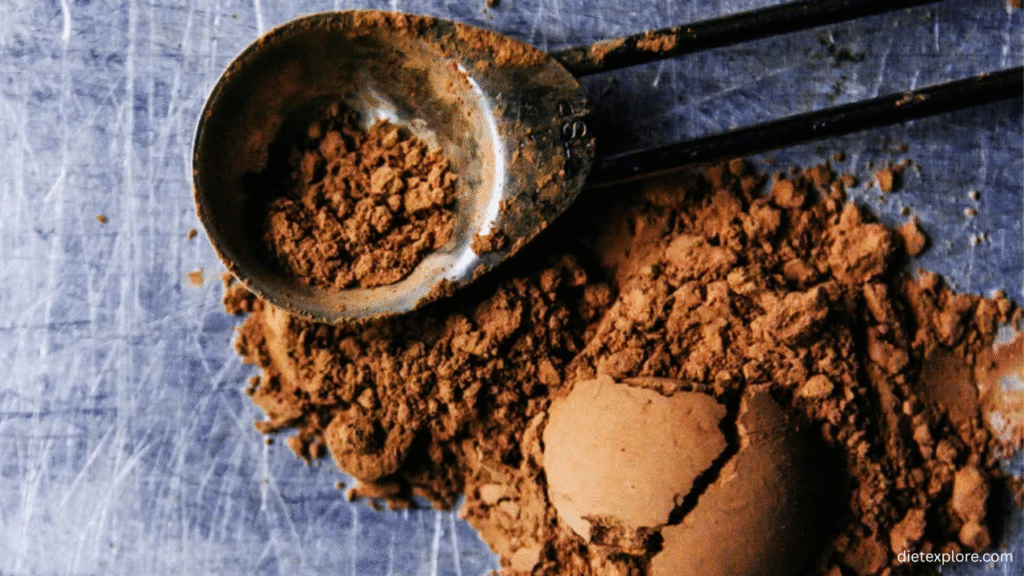
Dark Chocolate Powder
For the pure chocolate connoisseur, dark chocolate powder is the ultimate expression of cocoa’s deep, complex flavor. This category encompasses both natural and Dutch-process cocoa powders, which are defined by their treatment after the cocoa butter is pressed out. Natural cocoa powder is acidic, with a pH between 5.0 and 5.8, resulting in a sharp, intense, and often fruity chocolate flavor. Dutch-process cocoa is treated with an alkaline solution to neutralize its acidity, resulting in a darker color, a milder, smoother flavor, and easier dissolution in liquids. The choice between them is critical in baking, as the acidity of natural cocoa interacts with baking soda to leaven baked goods.
The health profile of dark chocolate powder is also a significant draw. It is notably rich in flavonoids, specifically flavanols, which are potent antioxidants associated with improved heart health and blood flow (Harvard T.H. Chan School of Public Health). It’s also a good source of iron, magnesium, and fiber. The higher the cocoa percentage, the greater these benefits, and the less sugar is present. Beyond health, its culinary uses are profound. It provides the intense chocolate backbone in flourless chocolate cakes, adds depth to rubs for steak, and is essential for creating a truly rich and not-too-sweet hot chocolate. Its robust flavor stands up well to spices like chili and cinnamon, making it indispensable for savory cooking.
Hot Chocolate Powder Recipe
While store-bought mixes are convenient, crafting your own homemade hot chocolate powder blend is a simple process that yields a far superior and customizable result. You control the sweetness, the depth of chocolate, and the quality of every ingredient. This recipe creates a rich, classic hot chocolate base that can be stored for months, ready for whenever a chocolate craving strikes.
Ingredients:
- 1 cup (100g) high-quality unsweetened cocoa powder (natural or Dutch-process)
- 1 ½ cups (180g) confectioners’ sugar (icing sugar)
- 1 cup (120g) non-fat dry milk powder (or powdered coffee creamer for a dairy-free version)
- ½ teaspoon salt
- ½ cup (60g) high-quality dark chocolate powder or finely grated dark chocolate (optional, for extra richness)
- 1 teaspoon cornstarch (optional, for thickening)
Instructions:
- Combine Dry Ingredients: In a large bowl, sift together the cocoa powder and confectioners’ sugar. This is a crucial step to prevent any lumps and ensure a silky-smooth beverage.
- Add Remaining Ingredients: Whisk in the dry milk powder, salt, and cornstarch (if using). If you are adding the optional dark chocolate powder or grated chocolate, add it now.
- Whisk Thoroughly: Whisk for 2-3 minutes until all ingredients are completely and uniformly combined. The mixture should be a consistent light brown color with no streaks.
- Store: Transfer the mixture to an airtight container or jar. Store in a cool, dry place for up to 3 months.
To Make a Mug of Hot Chocolate: Place 2-3 heaping tablespoons (to taste) of the mix into a mug. Add a small splash of hot milk or water and stir to form a smooth paste. This prevents clumping. Gradually add 8 oz (1 cup) of hot milk or water, stirring constantly until dissolved and smooth. For an extra indulgent touch, top with whipped cream or marshmallows.
Does Hot Chocolate Powder Expire?
Yes, like most food products, hot chocolate powder does have a finite shelf life and can expire. However, “expire” can mean two different things: the manufacturer’s “best by” date and the point at which it actually becomes unsafe or unpalatable to consume. An unopened container of commercial hot chocolate powder typically remains at best quality for about 1 to 2 years when stored in a cool, dry pantry away from heat and light. Once opened, its optimal quality is best enjoyed within 6 months to a year. The main enemies of chocolate powder are moisture, heat, and strong odors, which it can easily absorb.
The primary risk with old hot chocolate powder is not food poisoning in the traditional sense, but quality degradation. Over time, the fats in the powder (from the cocoa butter and milk solids) can oxidize, leading to rancidity. You will know the powder has gone bad if it develops an off, sour, or stale smell—a sharp contrast to its rich chocolatey aroma. The most common sign of spoilage is clumping caused by moisture absorption, which can lead to mold growth. If you see any signs of mold, discard the product immediately. To maximize its shelf life, always seal the package tightly or transfer the powder to an airtight container. Homemade mixes, containing dry milk powder, have a shorter shelf life of about 3 months due to the higher dairy content.
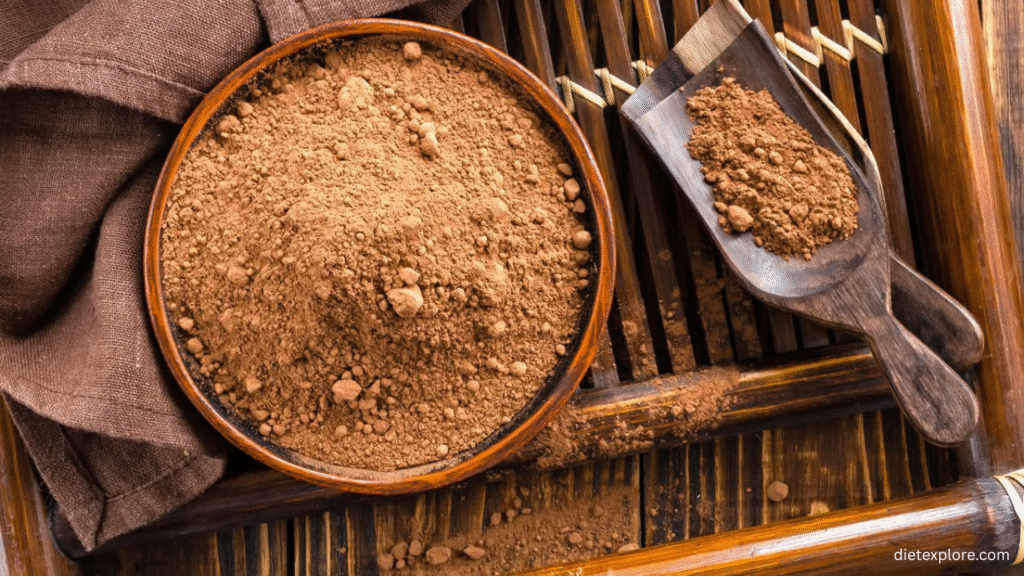
Homemade Hot Chocolate
Creating your own homemade hot chocolate powder blend is a rewarding endeavor that allows for complete customization and guarantees a fresh, high-quality product free from preservatives and unwanted additives. The basic formula is simple: a base of unsweetened cocoa powder, a sweetener, and a dairy or non-dairy creamer. The magic lies in how you choose to build upon this foundation.
Base Customization:
- Chocolate Profile: Choose between natural cocoa for a brighter, tangier flavor or Dutch-process for a mellower, darker taste. You can even use a blend of both.
- Sweetener: Confectioners’ sugar is standard as it dissolves instantly. For a deeper flavor, you can substitute a portion with dark brown sugar (though this may cause clumping) or a natural sweetener like coconut sugar, blitzed into a fine powder.
- Creamer: Non-fat dry milk powder is traditional. For a richer result, use whole milk powder or a combination of milk powder and powdered coffee creamer. For a dairy-free version, coconut milk powder is an excellent alternative.
Flavor Enhancements:
This is where you can get creative. Whisk any of the following into your dry mix:
- Spices: 1-2 teaspoons of ground cinnamon, a pinch of cayenne pepper for a “Mexican hot chocolate” kick, or a ¼ teaspoon of nutmeg.
- Extracts: Add ½ teaspoon of vanilla bean powder or espresso powder to enhance the chocolate flavor.
- Other Chocolates: For extreme richness, include ¼ cup of finely grated dark, milk, or even white chocolate. The key to a successful homemade mix is to ensure every ingredient is bone-dry and finely powdered to prevent clumping and ensure smooth dissolution. Store your creation in an airtight jar, and you have a thoughtful, delicious homemade gift or a personal stash of chocolatey comfort.
Conclusion
Chocolate powder is an incredibly versatile and essential pantry ingredient. It comes in many forms, like rich dark cocoa and creamy white varieties. Each type serves a unique purpose in the kitchen. Understanding their differences will greatly improve your baking and cooking results.



